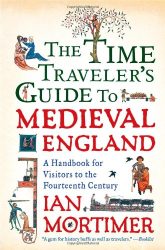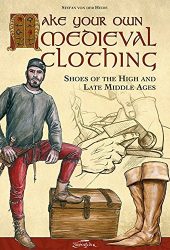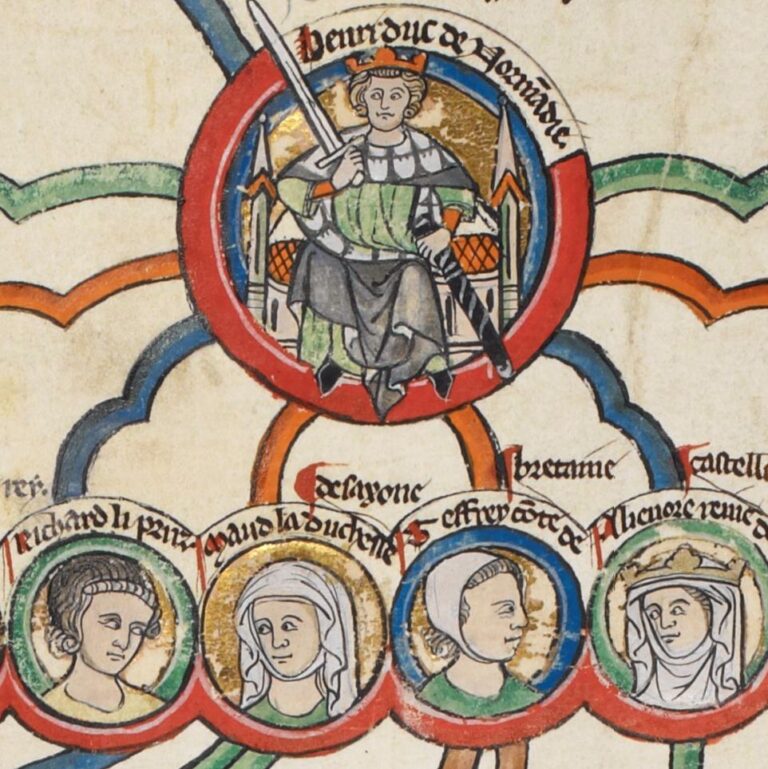
The Plantagenets were a medieval dynasty that ruled England from 1154 to 1485. The name “Plantagenet” was not a royal title but rather a nickname derived from the family’s emblem, a sprig of broom or planta genista in Latin. Here’s all about this unique line.
The Plantagenet dynasty included several notable monarchs, such as Henry II, Richard the Lionheart, John, Edward I, Edward III, and Richard II, among others. The dynasty saw significant events like the signing of the Magna Carta in 1215 and the Hundred Years’ War with France, which lasted from 1337 to 1453.
The War of the Roses, a conflict between the rival houses of Lancaster and York, marked the later part of the Plantagenet era. The dynasty eventually came to an end with the defeat of Richard III at the Battle of Bosworth in 1485, leading to the establishment of the Tudor dynasty with Henry VII.
Who were the Plantagenets?
The Plantagenets were, as we have briefly mentioned above, a medieval dynasty that ruled England from 1154 to 1485. Notable monarchs of this dynasty included Henry II, known for legal reforms and the Thomas Becket conflict, Richard the Lionheart, a prominent figure of the Third Crusade, and Edward I, who sought to strengthen royal authority.
The Plantagenet era witnessed key events like the signing of the Magna Carta in 1215 and the prolonged conflict with France known as the Hundred Years’ War (1337-1453). The dynasty faced internal strife during the War of the Roses, a power struggle between the houses of Lancaster and York.
Ultimately, the Plantagenets met their end with the defeat of Richard III at the Battle of Bosworth in 1485, leading to the establishment of the Tudor dynasty under Henry VII. The Plantagenet legacy left a profound impact on English history, shaping the monarchy and institutions for centuries to come.
The Plantagenets Family Tree at a Glance
The Plantagenet family tree is a complex web of relationships that spanned several centuries of medieval English history. At its roots is Henry II and Eleanor of Aquitaine, whose descendants include some of England’s most famous monarchs.
Here is a list of the Plantagenet kings in chronological order:
- Henry II (1154–1189)
- Richard I (Richard the Lionheart) (1189–1199)
- John (1199–1216)
- Henry III (1216–1272)
- Edward I (1272–1307)
- Edward II (1307–1327)
- Edward III (1327–1377)
- Richard II (1377–1399)
After Richard II, the Plantagenet dynasty faced internal strife known as the War of the Roses, leading to the establishment of the Tudor dynasty under Henry VII in 1485.
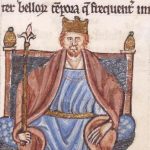
Henry II (1154–1189)
Henry II, the first Plantagenet king, ascended to the throne in 1154. His reign was marked by significant legal reforms and the consolidation of the Angevin Empire, which included vast territories in France. However, his reign was also marred by the tumultuous conflict with Thomas Becket, the Archbishop of Canterbury, culminating in Becket’s murder in 1170. Henry II’s efforts to centralize authority and his complex relationships with the Church left a lasting impact on the balance of power in medieval England.
- Known for his legal reforms and the creation of the Angevin Empire.
- Faced conflict with Thomas Becket, Archbishop of Canterbury.
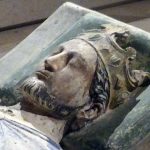
Richard I (Richard the Lionheart) (1189–1199):
Known as Richard the Lionheart for his martial prowess, Richard I spent much of his reign away from England, focusing on foreign campaigns, particularly the Third Crusade. His absence placed a heavy financial burden on the kingdom, leading to increased taxation. Despite his limited time on English soil, Richard’s legendary exploits in the Holy Land and his chivalrous reputation contributed to his enduring historical legacy.
- Gained fame for his role in the Third Crusade.
- Spent little time in England due to his focus on foreign campaigns.
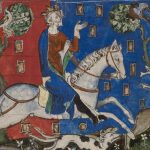
John (1199–1216)
John, the much-maligned monarch, ascended to the throne in 1199 and faced a tumultuous reign marked by internal strife and conflicts abroad. His reign witnessed the signing of the Magna Carta in 1215, a significant moment in the development of constitutional rights and limitations on royal authority. John’s troubled reign and the loss of French territories laid the groundwork for future political and legal developments in England.
- Signed the Magna Carta in 1215, a pivotal moment in the development of constitutional rights.
- Faced internal conflicts and lost territories in France.
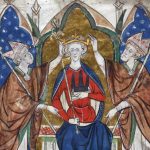
Henry III (1216–1272)
Henry III, who became king as a child, ruled during a period of political and social change. His lengthy reign saw the construction of Westminster Abbey and other architectural projects, reflecting his interest in cultural and religious endeavours. Despite facing challenges from rebellious barons, Henry III’s reign contributed to the evolution of medieval English governance and the emergence of parliamentary principles.
- Ascended to the throne as a child, with a long and often turbulent reign.
- Oversaw significant architectural projects, including Westminster Abbey renovations.
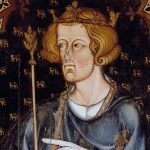
Edward I (1272–1307)
Edward I, known as the “Hammer of the Scots,” played a pivotal role in the military campaigns in Wales and Scotland. His reign was characterized by administrative reforms, including the introduction of the Model Parliament in 1295. Edward I’s policies and leadership laid the foundation for later developments in parliamentary representation and legal administration in England.
- Known for military campaigns in Wales and Scotland.
- Introduced the Model Parliament in 1295, an early step toward parliamentary representation.
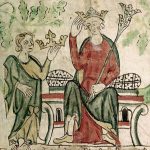
Edward II (1307–1327)
Edward II faced challenges to his rule, marked by conflicts with powerful nobles and his close association with favourites like Piers Gaveston and Hugh Despenser the Younger. The disastrous defeat at the Battle of Bannockburn in 1314 against the Scots weakened his position. Ultimately, Edward II was deposed in 1327, a rare instance of a king being forced from the throne, highlighting the struggles for authority within the realm.
- Faced challenges to his rule, including conflicts with nobles.
- Deposed in 1327, marking a rare instance of a king being forced from the throne.
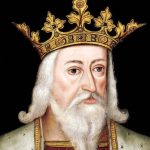
Edward III (1327–1377)
Edward III‘s reign was characterized by military successes in the early stages of the Hundred Years’ War with France. The Black Death and economic changes also marked this period, influencing social and economic structures. Edward III’s reign contributed to a sense of national identity and military prowess, laying the groundwork for England’s later successes in the conflict with France.
- Initiated the Hundred Years’ War with France.
- Oversaw a period of relative stability and economic growth in England.
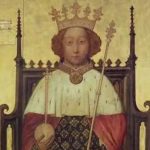
Richard II (1377–1399)
Richard II, who ascended to the throne as a child, faced challenges to his authority from rival factions within the nobility. His reign was marked by periods of political unrest, including the Peasants’ Revolt in 1381. Richard II’s deposition in 1399 marked the end of the direct Plantagenet line, setting the stage for the Wars of the Roses and the eventual rise of the Tudor dynasty.
- Became king at a young age and faced challenges to his authority.
- Deposed in 1399, marking the end of the direct Plantagenet line and the beginning of the War of the Roses.
Books about Medieval Life
More Medieval People
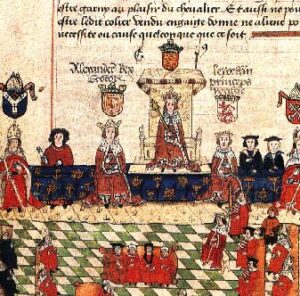
Medieval People: Andrew de Moray
Andrew de Moray a pivotal figure in the Wars of Scottish Independence and stands as a symbol of Scottish resistance against the English.
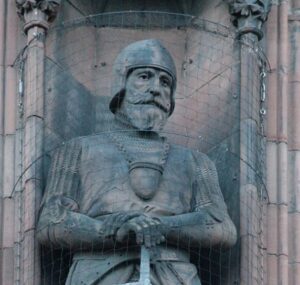
Medieval People: James Douglas, Lord of Douglas
James Douglas was a formidable figure renowned for his unwavering loyalty, military prowess, and unyielding commitment to Scotland’s cause.
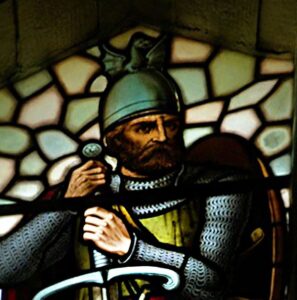
Medieval People: William Wallace
William Wallace commands reverence as a symbol of resistance against English oppression during the Wars of Scottish Independence.
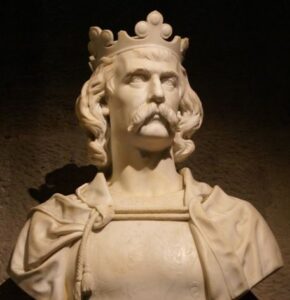
Medieval People: Robert the Bruce
Robert the Bruce was one of Scotland’s most renowned medieval kings and a prominent figure in the country’s history.
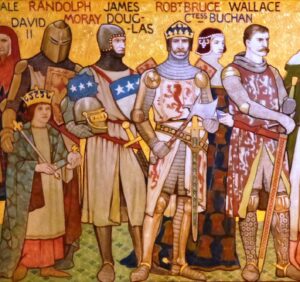
Scotland’s Most Famous Medieval Knights & Warriors
Scottish knights played a crucial role in shaping the medieval history of Scotland. Learn more about their bravery and fierce determination.
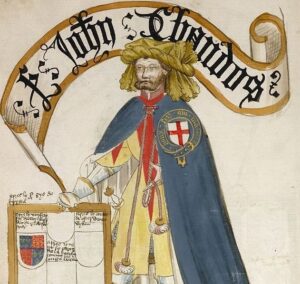
Medieval People: Sir John Chandos
Sir John Chandos was a notable medieval knight and military commander who played a significant role in the Hundred Years’ War.



